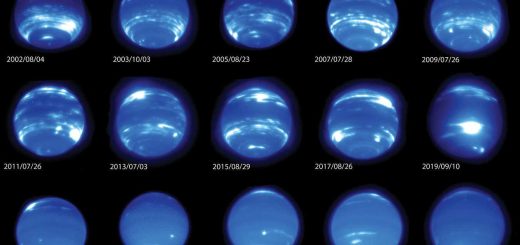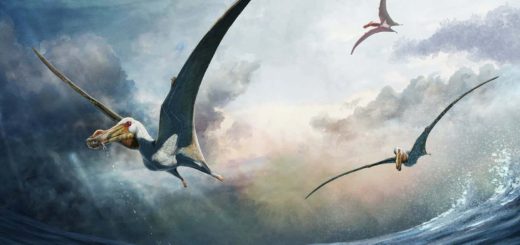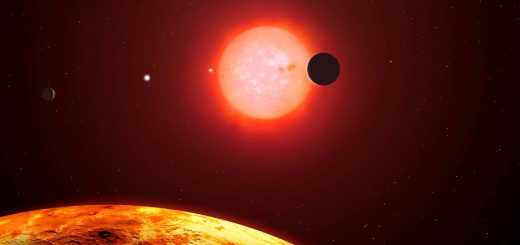We finally know what the face of a Denisovan looked like
A skull from China has been identified as Denisovan using molecular evidence – so ancient humans once known solely from their DNA finally have a face
By Michael Marshall
18 June 2025
Hominin cranium from Harbin, China, now identified as a Denisovan
Hebei GEO University
The Denisovans, a mysterious group of ancient humans originally identified purely from DNA, finally have a face.
Using molecular evidence, Qiaomei Fu at the Institute of Vertebrate Paleontology and Paleoanthropology in Beijing and her colleagues have confirmed what many researchers suspected: that a skull from China known as “dragon man” belonged to a Denisovan.
Read more
The other humans: The emerging story of the mysterious Denisovans
This fits with other evidence suggesting that the Denisovans were large and stocky. “I think we’re looking at individuals that are all [around] 100 kilos [of] lean body mass: enormous, enormous individuals,” says Bence Viola at the University of Toronto in Canada, who was not involved in the study.
The Denisovans were first identified in 2010. In Denisova cave in the Altai mountains of Siberia, researchers found a sliver of finger bone from an unidentified ancient human. Preserved DNA revealed that it wasn’t a modern human , nor a Neanderthal , but something hitherto unknown.
Genetic evidence also revealed that Denisovans had interbred with modern humans. Today, populations in South-East Asia and Melanesia carry up to 5 per cent Denisovan DNA, which implies that Denisovans were once widespread in Asia.


